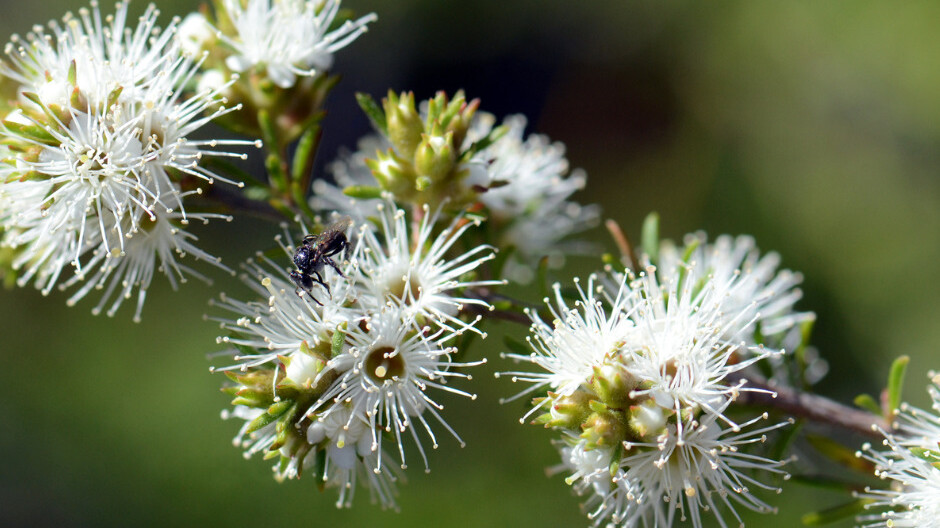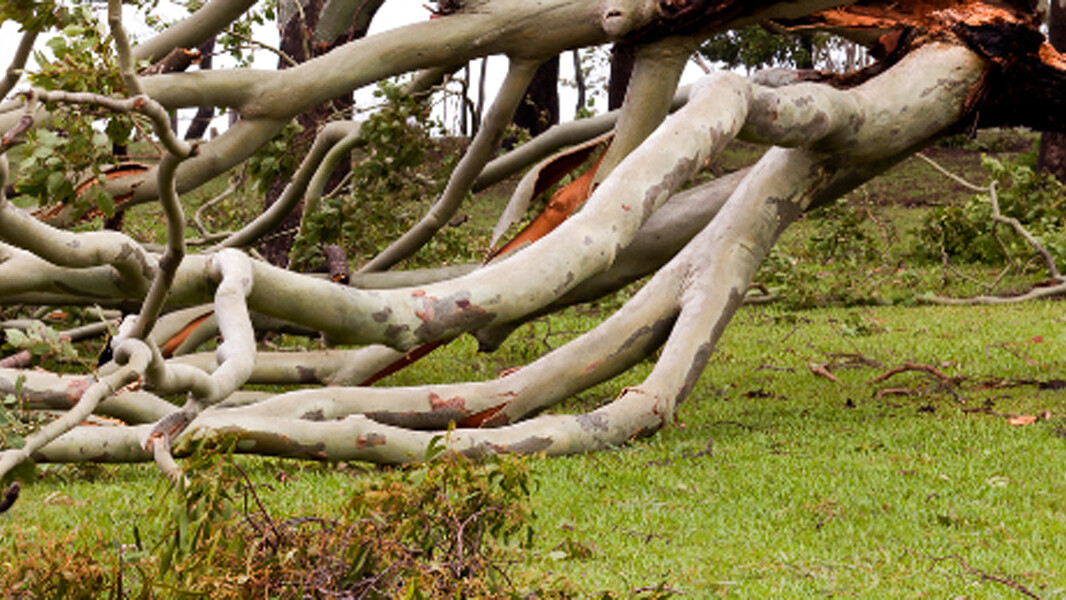Most garden plants are propagated in nurseries, but some can be harvested from the bush:
- Grass trees Xanthorrhoea spp.
- Tree ferns Dicksonia spp.
- Native orchids Dendrobium, Pterostylis etc.
- Stag & Elk ferns Platycerium spp.
The most common source of these plants is clear-felled logging coups. Native trees are harvested along with grass trees, ferns and orchids. This process often leaves a scene of devastation. What was once a healthy forest, supporting an entire plant and animal ecosystem is reduced to burnt wasteland.
The cultivation of tree ferns is encouraged as an alternative to wild harvesting, so when you visit a nursery please ask for seed-grown or spore-grown plants and avoid adding to the destruction. Also look for a tag which shows that the tree fern has been legally harvested or grown.
Victoria
According to the Victorian Tree-Fern Management Plan harvesting of Dicksonia antarctica from either private or public land requires a permit under the Flora Fauna Guarantee Act. Key points are:
- Harvesting from private land may also require a permit from the local council.
- Sites to be harvested must be inspected by an appropriate officer.
- In all cases, the tree ferns must be tagged to show they have been legally harvested and the tag maintained up to the point of sale.
- Salvage harvesting from public land is only permitted if it complies with a Forest Coupe Plan.
The lack of a fee for tagging, along with insufficient monitoring and enforcement contribute to continuation of an illegal trade in tree ferns harvested without compliance with regulations.

Tasmania
Only Dicksonia antarctica maybe harvested under strict regulation (for details see the Tree Fern Management Plan.
Some key points are:
- Legal harvesting requires that the tree ferns are tagged right through to retail sale
- Harvesting is permitted if part of a Forest Practices Plan under certain conditions
- Harvesting should only occur as salvage from wet forests, which are to be clear felled, burnt and converted to agriculture, existing plantations or to be cleared for another land use. Given the high mortality rate (Fern Society of Vic estimates about half) of tree ferns in domestic gardens, the concept of salvage is largely redundant.
- Harvesting from private land is permitted under limited circumstances.
Most Dicksonia antarctica ferns harvested in Tasmania are transported to Victoria.
Fees for tree fern tags
Fees fund:
- Administration of the tree fern system
- Database and record keeping
- Monitoring
- Enforcement
- Research into options for sustainable tree fern harvesting.
Benefits of Tree Fern Harvesting Regulations
The tree fern regulation outlined in this plan has a number of benefits:
- Regulation is kept as simple as possible and fits into existing legislation.
- It enables an export industry to be established using a forest product, which will be salvage harvested.
- Utilises a product that is currently being wasted/destroyed in the current high level of plantation establishment.
- Landowners are likely to be paid (royalty) for the actual numbers of tree ferns harvested as each tree fern will require a tag.
- Illegal tree fern harvesting should be significantly reduced.
- Tag fees should fund the regulation and monitoring as well as a research fund which can be used to investigate sustainable tree fern harvesting to enable a long term export industry.
New South Wales
The tree ferns Dicksonia antarctica and Cyathea species are protected but may be harvested from the wild under government licence and must be tagged. Grower-produced material must also be tagged.
Banner image: GFDL 1.2, https://commons.wikimedia.org/w/index.php?curid=201008
Related Articles:
Wildflower gardens – What’s the buzz about?
In the quest for sustainable and environmentally conscious practices, gardening enthusiasts and nature lovers alike are turning to a time-tested…
Why Living Trees Suddenly Fall Down
It is quite common that in winter or after big storms we wonder why living trees suddenly fall down. In June 2021 in Victoria, savage storms swept…



